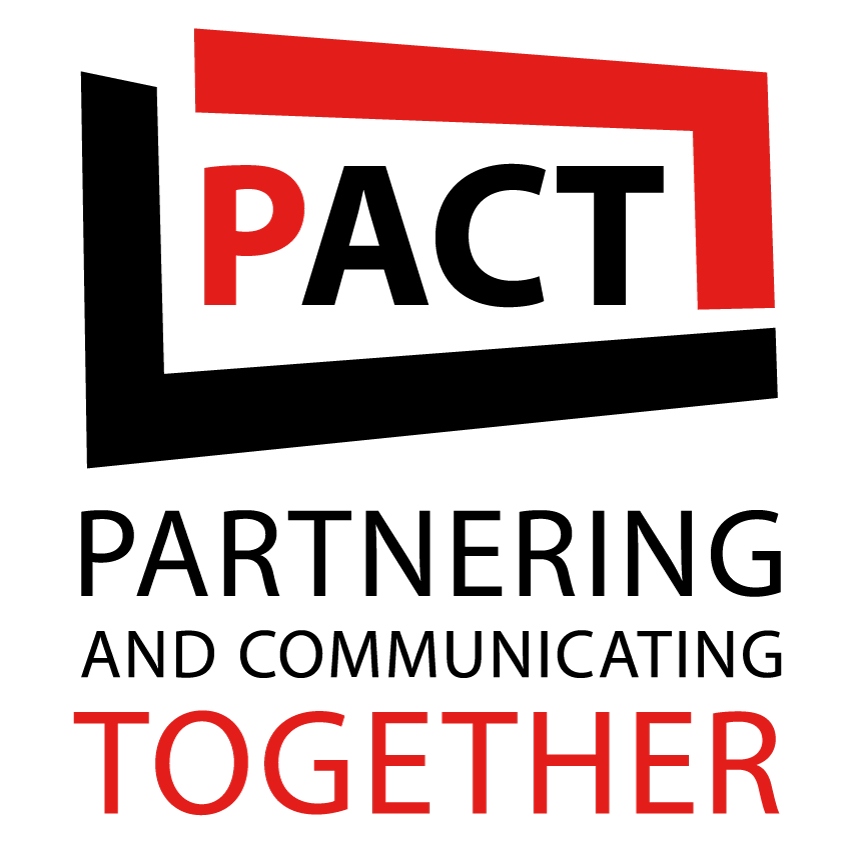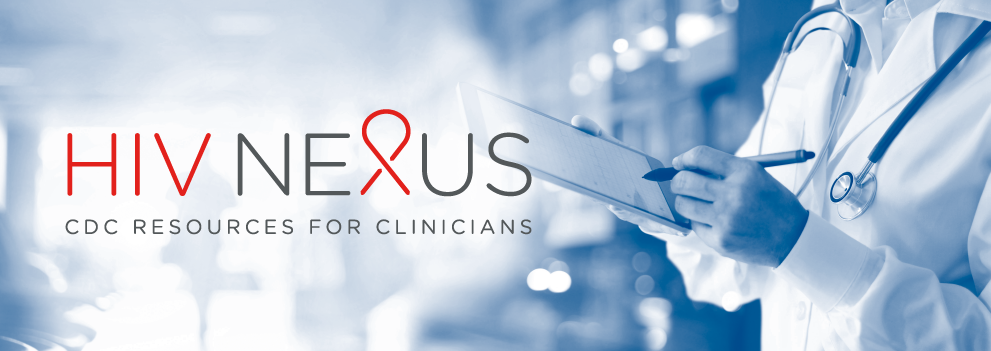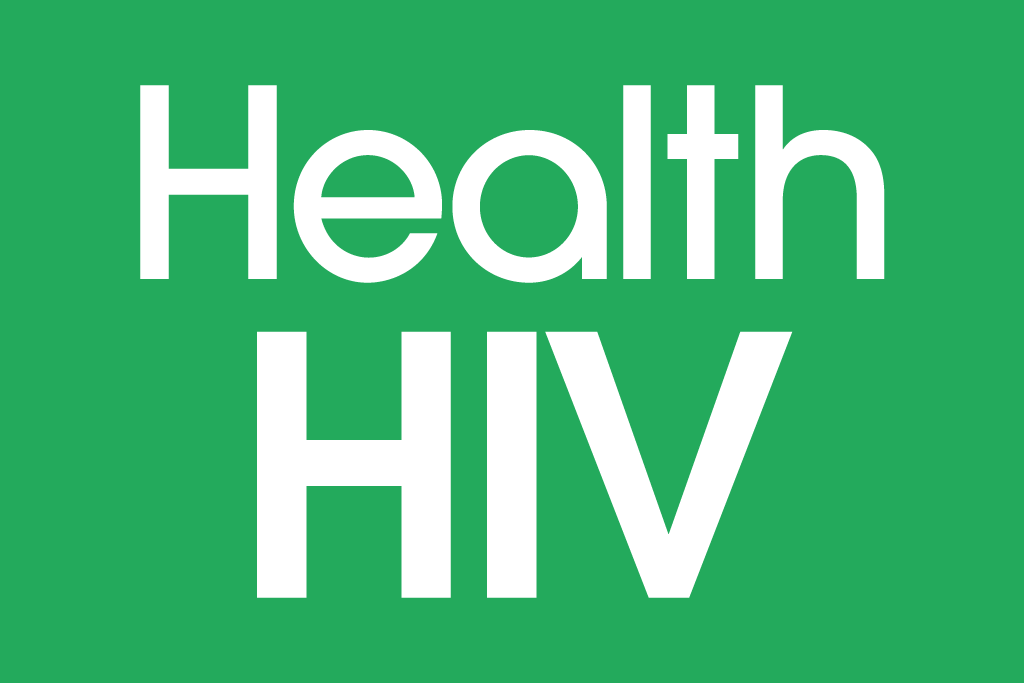Has the dawn of HIV therapeutic vaccines arrived at AIDS 2022?
By Sateesh Apte MD & T. Bird
There are about a dozen therapeutic vaccines for HIV in various stages of development. However, the puzzling fact is that there’s no measurable emphasis to support their development to get to market.
AIDS 2022 is taking place July 29th to August 2nd in Montreal after unprecedented efforts to establish universal COVID-19 therapeutic vaccination became the dominant paradigm for controlling our latest pandemic. Funding HIV vaccines — such as VaccC5, AELIX, IAVI G003, or any of the preclinical constructs in the literature — with same resources allocated for Operation Warp Speed could help bring the end to the AIDS crisis.
The different vaccine models have historically been studied for HIV prophylactic vaccines — given to uninfected, healthy people to prevent HIV infection — and therapeutic vaccines — intended for people already infected with HIV to boost their immune system to fight HIV infection.
HIV’s replication cycle, which causes its pathogenicity, has been studied for five decades. While the antibodies generated in response to the presence of HIV do not slow disease progression, therapeutic HIV vaccines produce HIV-specific cell-mediated immune responses that can control the virus after the interruption of antiretroviral treatment. They are being investigated as a treatment strategy approach designed to bring about a ‘functional cure’ to HIV – indefinite HIV suppression without antiretroviral treatment. Structured treatment interruptions (STI) in chronic unsuppressed HIV infection in adults represent one of the most compelling promises of HIV therapeutic vaccine research.
A growing number of HIV therapeutic vaccines have been part of human studies to boost pre-existing immune responses by using multiple constructs — such as direct-DNA and viral vectors containing HIV protein expressing genes with and without adjuvants, DC-based vaccines, or a combination of these. Therapeutic vaccines for HIV infection should aim to elicit anti-viral CD8 T cells (CTLs), CD4 T cells, and neutralizing antibodies since these immune responses work in concert to control viral replication.
Unfortunately, approaches tested to date have used a piecemeal approach, often targeting only a few regions of HIV. They have not produced a significant salubrious result, primarily because they mitigate HIV’s primary strength of evading a CTL mediated response by interfering with immune signaling.
Live-attenuated vaccines administer a controllable dose of the live vaccine to build immunity against it. This approach has successfully controlled smallpox, polio, and measles. Whole-killed or attenuated virus vaccines are weakened or killed by using one or more of either heat or chemicals (e.g. glutaraldehyde and gamma radiation) to eliminate replication. A therapeutic vaccine that uses live attenuated HIV as opposed to vectors, VLPs, or only a few of the HIV proteins is likely to be successful in generating a kind of response that would counter HIV.
The question at AIDS 2022 is whether the leadership of the National Institute of Allergy and Infectious Disease (NIAID) and other globally recognized research institutions have given up on therapeutic vaccines for HIV. Do none of these demonstrate enough scientific utility to justify further dedication of resources by the AIDS clinical trials groups, the military HIV Research Program and the HIV Research Collaboratories, or is the status quo of the current paradigm of treatment considered adequate?
Inside the Pipeline-A Background on Recent HIV Therapeutic Vaccine Studies at AIDS 2022
Therapeutic vaccines demonstrate the ability to induce specific immune responses with better viral control, as well as a limited ability to contain viral replication once antiretroviral therapy is interrupted.
In March 2021, AELIX Therapeutics reported a single-center trial of a three-drug therapeutic vaccine (AELIX-002). The therapy was given to patients within six months of HIV acquisition who had been virologically suppressed for a year or more, designating those patients as having been treated with an early start. The efficacy of the AELIX-002 results was considered a step forward by the International AIDS Society (IAS), and considered “…an exciting step forward to HIV cure research” by IAS President Adeeba Kamarulzaman.
In May 2021, ImmunityBio set out to enroll 46 participants for a Phase I “HIV Cure Study” (A5386). With sponsorship from NIAID and the AIDS Clinical Trials Group (ACTG), this study is assessing the safety, level of acceptance, and efficacy of the Anktiva plus anti-HIV vaccine, featuring IL-15 superagonist N-803, in neutralizing antibodies. Thus far, the vaccine’s Anktiva molecule’s “kick and kill” approach induced viral transcription in CD4+T cells, while strongly activating CD8+ effector memory T cells and NK cells emitting them to viral reservoirs.
Immunity Bio’s Phase 2 study, reducing HIV persistence in lymph nodes by IL-15 receptor super-agonist (N-803) in acute HIV infection, is designed to test immunostimulatory effects of Anktiva administration in May of 2021. The study was conducted by the Walter Reed Army Institute of Research’s U.S. Military HIV Research Program (MHRP) at the Thai Red Cross AIDS Research Centre in Bangkok.
Bionor Holding, AS is currently in Phase II trials of its therapeutic vaccine Vacc-4x. It is a vaccine comprising of four synthetic proteins resembling HIV’s Gag proteins. This vaccine has shown encouraging results in Phase I and Phase II trials being conducted specifically to assist for structured therapeutic interruptions.
In March 2022, Moderna, with Excision BioTherpeutics, reached a breakthrough in HIV therapy, testing a second mRNA HIV therapeutic vaccine, MRNA-1574.The vaccine is designed to target HIV envelope trimers through mRNA rather than using broad antibodies. The trial took place collaboratively between Moderna and the National Institutes of Health (NIH), which at the time was in partnership with the Division of AIDS. The expected outcome, built on research by William Schief, Ph.D. at Scripps University is that B-cell response will evolve into more broad and efficient neutralizing antibodies over time.
In March 2018, NIAID, in collaboration with Auro Vaccines LLC, posted the combination antiretroviral therapy (cART) clinical trial. cART trial results indicated sustained reduction in viral replication, while also making it clear that cART cannot completely eradicate HIV in tissue compartments on its own. As a result, continued research is underway to develop strategies to eliminate persistent viral reservoirs, while boosting host immunity to control viral replication once cART is discontinued. With those additional elements, therapeutic HIV vaccines could augment immunologic control of HIV infection.
In May 2022, the clinical trial for the therapeutic HIV vaccine IAVI G003 took place, led by a collaboration known as the Accelerate the Development of Vaccines and New Technologies to Combat the AIDS Epidemic (ADVANCE) program comprised of IAVI-ADAVANCE Partner Clinical Research Center (CRC) Network and Moderna. This Phase 1 trial was executed in Rwanda and South Africa to evaluate the mRNA HIV vaccine antigen. The trial built on the progress from Phase I clinical trial in the U.S. of IAVI G001, which demonstrated that vaccination with the HIV immunogen eOD-GT86omer (recombinant protein) safely induced the targeted immune responses in 97% of healthy adults in the study. The process created an induction of broadly neutralizing antibodies (bnAbs), objectively the first-step of establishing an efficacious HIV vaccine.
Funding for this trial was provided through the U.S. President’s Emergency Plan for AIDS Relief (PEPFAR), United States Agency for International Development (USAID), with additional support provided by the Bill and Melinda Gates Foundation through grants to Moderna and the Collaboration for AIDS Vaccine Discovery (CAVD) Vaccine Immunology Statistical Center (VISC).
Counting the Dollars: NIH NIAID HVTN Funding and L’institute Pasteur’s Investment
In August 2021, the NIH announced it was being awarded $53 million annually from L’Institut Pasteur, over the next five years, to find a cure for HIV. This initiative expands a 2016 initiative, increasing funding by 75% and the number institutions supported from six to ten annually.
The Activists in the Corner: IAVI, AVAC, and TAG
Advocacy leaders like Seth Berkley, at IAVI; Mitch Warren, Executive Director at The AIDS Vaccine Advocacy Coalition; and Mark Harrington, of Treatment Action Group haven’t been at the forefront of therapeutic vaccine development, despite the potential of this research to radically change the course of the AIDS crisis. It would be a legitimate question to ask whether the powers that be will now emphasize therapeutic vaccines, considering the lack of results with prophylactic vaccines and ongoing issues related to neurological side effects and drug resistance that can occur with antiretroviral treatment. IAVI has developed partnerships in 25 countries with a staff of more than 200, yet AmFAR’s initiatives to advance the cure agenda has yet to focusing on HIV remission studies using therapeutic vaccines to facilitate strategic therapeutic interruptions. Both IAVI and AVAC played a critical role in forming The Global AIDS Vaccine Initiative, which brings together developing country and donor governments, the World Health Organization, UNICEF, the World Bank, the vaccine industry in both industrialized and developing countries, research and technical agencies, civil society organizations, the Bill and Melinda Gates Foundation, and other private philanthropists. (No specific data on HIV-specific research or outcomes.)
We’ve seen tens of billions generated by the development of the COVID-19 therapeutic vaccines rushed into commercial development and facilitated by public funds in response to the pandemic. Would a therapeutic vaccine for HIV be any less rewarding financially to investors, to the governments supporting the Global Fund, PEPFAR, and other international health commodity procurement programs? Science writer Jon Cohen’s book Shots in the Dark, The Wayward Search for an AIDS Vaccine, demonstrates how directed, organized, goal-oriented research barely exists for new paradigms in the HIV therapeutic vaccine arena.
Without a robust, bold effort to secure a new initiative in the AIDS Clinical Trials Groups and the HIV Vaccine Trials Network for therapeutic vaccines, the race for remission studies may slow to a crawl at AIDS 2022.
Special thanks and recognition to David Miller and Frank Maresca for their considerable contributions to this article.



